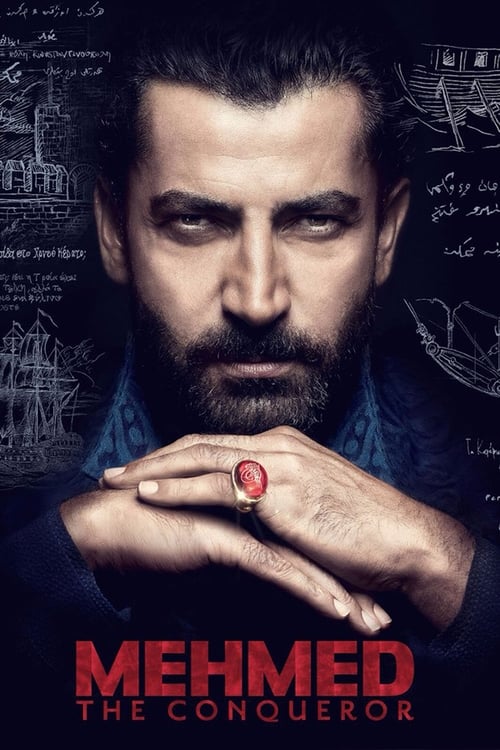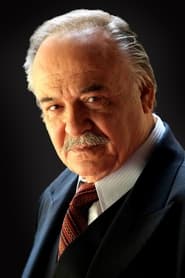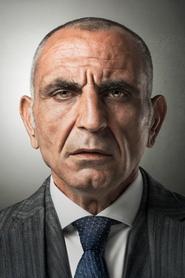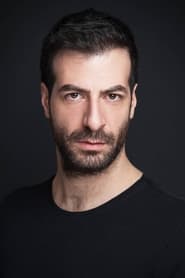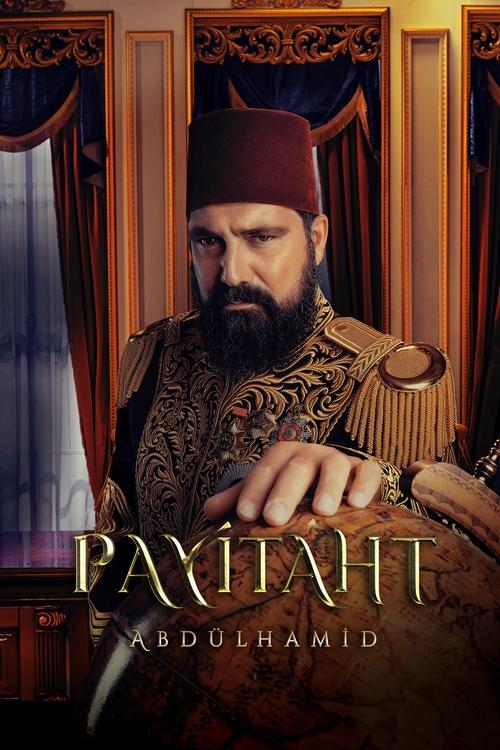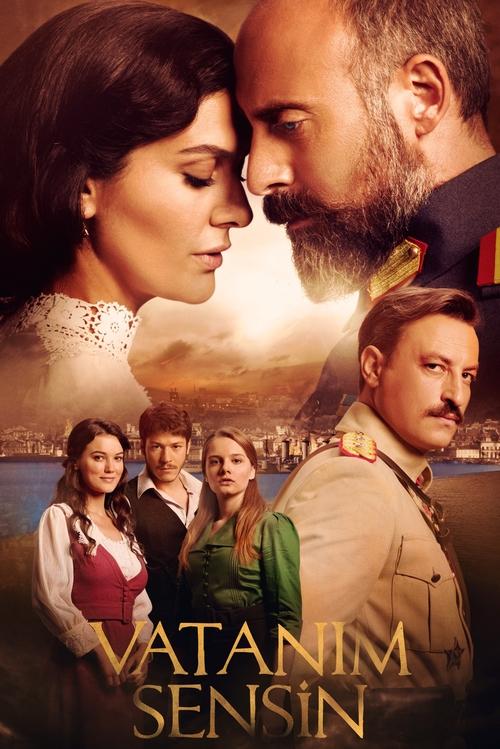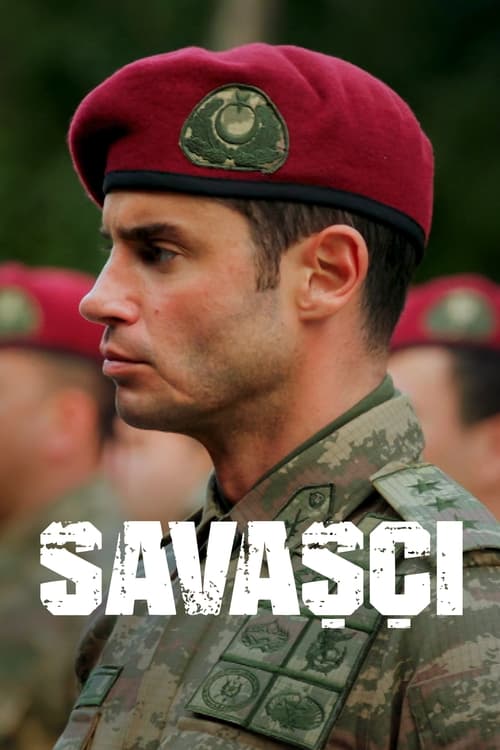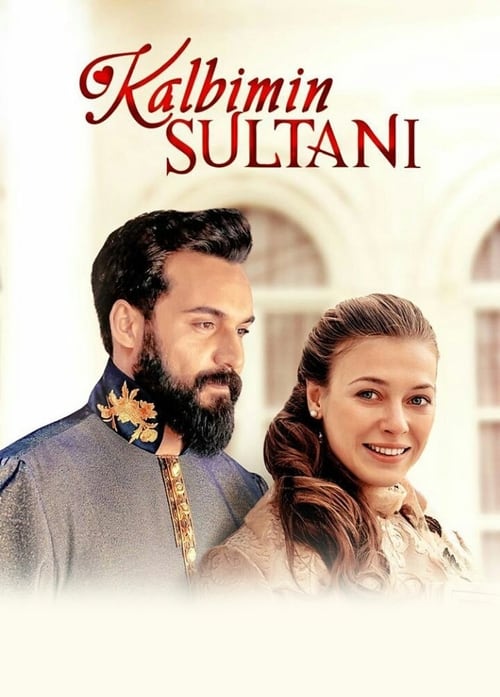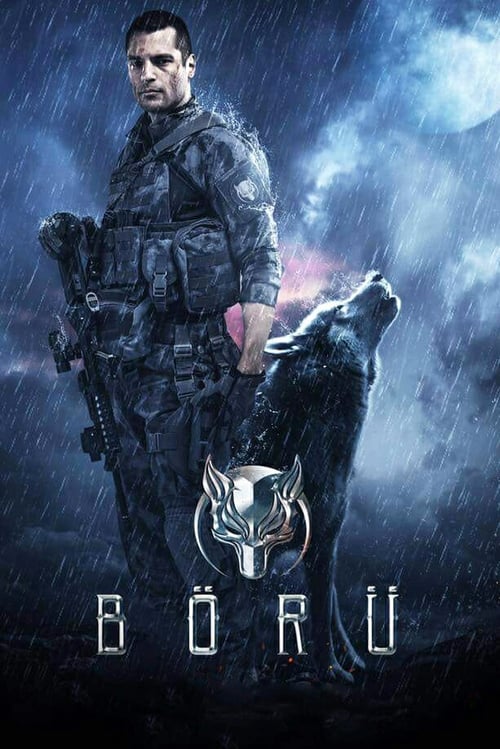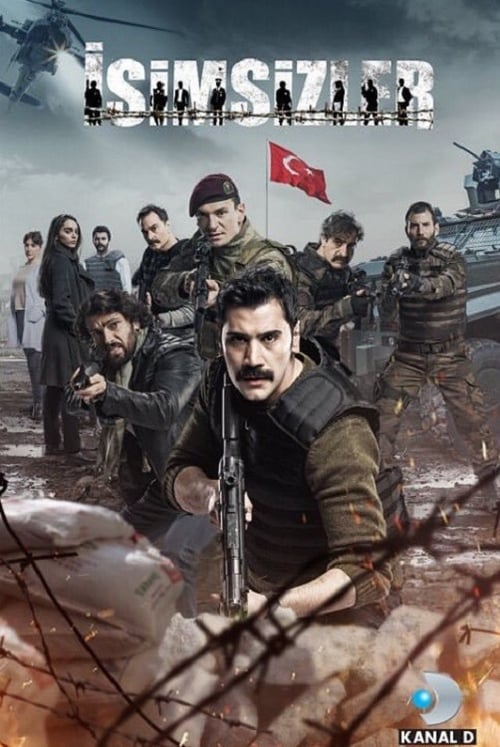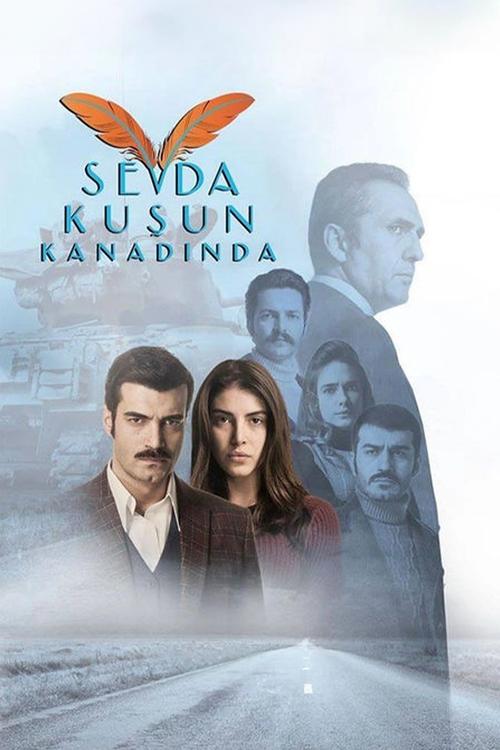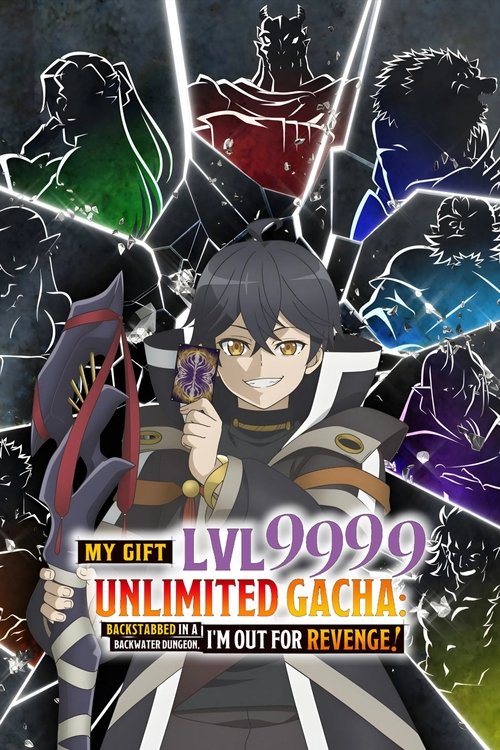
Ask Your Own Question
What is the plot?
The series begins with a young Mehmed II, known as Mehmed the Conqueror, who is being groomed for leadership by his father, Sultan Murad II. The early scenes depict the political tensions in the region, particularly the threat posed by the Byzantine Empire and its capital, Constantinople. Mehmed is shown to be intelligent and ambitious, often engaging in discussions with his father about the importance of conquering Constantinople to solidify the Ottoman Empire's power.
As Sultan Murad II prepares to abdicate, he expresses his concerns about the challenges Mehmed will face. Murad's advisors are skeptical of Mehmed's readiness, but Murad ultimately decides to trust his son. The transition of power occurs, and Mehmed ascends to the throne, determined to fulfill his vision of conquest. His first act as Sultan is to gather a council of military leaders to discuss strategies for taking Constantinople.
Mehmed begins to assemble a formidable army, showcasing his strategic mind by employing innovative tactics and modern weaponry, including large cannons. He also seeks alliances with various factions, including the Janissaries, to bolster his forces. Meanwhile, the Byzantine Emperor, Constantine XI, is depicted as a resilient leader who is aware of the impending threat and begins to fortify the city's defenses.
As the story progresses, Mehmed's forces march towards Constantinople. The tension builds as they arrive at the city's gates, and the initial siege begins. The Ottomans employ their cannons to breach the formidable walls of the city, leading to intense battles. The siege is marked by fierce fighting, with both sides suffering heavy casualties. Mehmed's determination is palpable as he leads his troops, often reflecting on the weight of his responsibilities and the legacy he wishes to create.
During the siege, there are moments of personal conflict for Mehmed. He grapples with the loss of soldiers and the moral implications of war. His relationship with his advisors and generals is tested as they debate the best course of action. Some advocate for a more cautious approach, while others push for an all-out assault. Mehmed ultimately decides to press forward, believing that the conquest of Constantinople is his destiny.
As the siege continues, the Ottomans face setbacks, including a failed attempt to breach the walls. Mehmed's frustration grows, and he becomes more resolute in his desire to conquer the city. He orders a final, massive assault, rallying his troops with impassioned speeches that highlight the glory of victory and the importance of their mission.
The climactic battle unfolds as the Ottomans launch their final attack. The scene is chaotic, filled with the sounds of clashing swords, cannon fire, and the cries of soldiers. Mehmed fights alongside his men, showcasing his bravery and leadership. The walls of Constantinople begin to crumble under the relentless bombardment, and the Ottomans push through the breaches.
In a pivotal moment, Mehmed leads a charge into the city, and the Ottomans flood through the gates. The Byzantines, caught off guard, struggle to mount a defense. The streets of Constantinople become a battleground, with Mehmed's forces overwhelming the defenders. The emotional weight of the conquest is evident on Mehmed's face as he realizes the magnitude of what he has achieved.
As the dust settles, Mehmed stands victorious in the heart of Constantinople. The city is in ruins, and the remnants of the Byzantine Empire are scattered. Mehmed's triumph is bittersweet; he reflects on the cost of war and the lives lost. He orders the protection of civilians and the preservation of important religious sites, showcasing a complex blend of a conqueror's ambition and a ruler's responsibility.
The series concludes with Mehmed declaring Constantinople as the new capital of the Ottoman Empire, renaming it Istanbul. He envisions a future where the city thrives under his rule, symbolizing the rise of the Ottoman Empire. The final scenes depict Mehmed looking out over the city, filled with a sense of accomplishment but also a heavy burden of leadership, setting the stage for the challenges that lie ahead in his reign.
What is the ending?
In the ending of "Mehmed: The Conqueror," Mehmed II successfully captures Constantinople, marking a significant turning point in history. The city falls after a fierce battle, and Mehmed is celebrated as a conqueror. The fate of the main characters is intertwined with this victory, as they navigate the aftermath of the conquest.
As the sun rises over the besieged city, the atmosphere is thick with tension. The sounds of clashing swords and the cries of soldiers fill the air. Mehmed II, determined and resolute, stands at the forefront of his army, his eyes fixed on the towering walls of Constantinople. He knows that the moment of truth is at hand. The city, once thought to be impenetrable, is now within his grasp.
The scene shifts to the defenders of Constantinople, led by the valiant Emperor Constantine XI. He rallies his troops, instilling a sense of hope and courage despite the overwhelming odds. The defenders fight fiercely, their desperation palpable as they realize the gravity of their situation. The clash of metal and the shouts of men create a chaotic symphony of war.
As the battle rages on, Mehmed's forces employ their advanced artillery, the massive cannons thundering as they breach the walls. The defenders, though brave, begin to falter under the relentless assault. The camera captures the moment when a cannonball strikes a crucial section of the wall, sending debris flying and creating a breach. The Ottoman soldiers surge forward, pouring into the city with a mix of triumph and ferocity.
Inside the city, chaos ensues. The citizens of Constantinople, caught between the two forces, experience a whirlwind of fear and confusion. Families flee, seeking refuge as the Ottoman soldiers pour in. The once-mighty city, filled with history and culture, begins to crumble under the weight of conquest.
In a poignant moment, Mehmed enters the city, his expression a mix of triumph and solemnity. He understands the significance of his victory, not just for himself but for the future of the Ottoman Empire. As he walks through the streets, he witnesses the devastation and the suffering of the people. His internal conflict is evident; he is a conqueror, yet he is also a leader who must now govern the city he has taken.
Meanwhile, Emperor Constantine XI fights valiantly until the end, refusing to surrender. In a final act of defiance, he dons his armor and leads a last stand against the advancing Ottomans. The scene is heart-wrenching as he faces overwhelming odds, ultimately falling in battle. His sacrifice becomes a symbol of bravery and resistance, leaving a lasting legacy.
As the dust settles, Mehmed II stands amidst the ruins, contemplating the future. He orders his soldiers to protect the citizens and preserve the city's heritage, signaling a shift in his approach to leadership. The final scenes depict Mehmed's vision for Constantinople as a center of culture and power, a new chapter in history beginning under his rule.
The series concludes with Mehmed reflecting on the weight of his actions, the burden of leadership, and the complexities of conquest. The fate of the main characters is sealed: Mehmed emerges as a powerful ruler, while Constantine's legacy lives on as a testament to courage in the face of insurmountable odds. The city of Constantinople, now Istanbul, stands as a symbol of change, embodying the intertwining of cultures and histories that will shape the future.
Is there a post-credit scene?
In the 2018 series "Mehmed: The Conqueror," there is no post-credit scene. The series concludes its narrative without additional scenes after the credits, focusing instead on the dramatic events leading up to and including the conquest of Constantinople. The final episodes encapsulate the emotional and political turmoil surrounding Mehmed II's rise to power and his determination to fulfill his vision of a united empire. The absence of a post-credit scene allows the audience to reflect on the historical significance of Mehmed's achievements and the impact of his reign on the future of the region.
What motivates Mehmed II to conquer Constantinople?
Mehmed II, also known as Mehmed the Conqueror, is driven by a deep desire to fulfill his father's legacy and establish the Ottoman Empire as a dominant power. His ambition is fueled by a mix of personal ambition, a sense of destiny, and the strategic importance of Constantinople as a gateway between Europe and Asia. Throughout the series, his internal conflict is evident as he grapples with the weight of leadership and the expectations placed upon him.
How does the character of Giustiniani influence the defense of Constantinople?
Giustiniani, a skilled military leader and strategist, plays a crucial role in the defense of Constantinople. His character is portrayed as both courageous and pragmatic, rallying the city's defenders and implementing strategic defenses against Mehmed's forces. His internal struggle is highlighted as he balances his duty to protect the city with the growing despair among the defenders, ultimately showcasing the human cost of war.
What role does the character of Mara play in Mehmed's life?
Mara, a character with a complex background, serves as both a love interest and a political pawn in Mehmed's life. Her relationship with Mehmed is marked by tension and emotional depth, as she navigates her own loyalties and the expectations of her family. Her presence in the narrative adds layers to Mehmed's character, revealing his vulnerabilities and the personal sacrifices he must make in pursuit of his ambitions.
How does the series depict the relationship between Mehmed II and his advisors?
The relationship between Mehmed II and his advisors is depicted as a blend of loyalty, tension, and power struggles. Key figures like Zaganos Pasha and other military leaders provide counsel, but their differing opinions often lead to conflict. The series illustrates Mehmed's reliance on their expertise while also showcasing his determination to assert his own vision for the empire, reflecting the complexities of leadership and trust.
What are the key strategies Mehmed employs during the siege of Constantinople?
During the siege of Constantinople, Mehmed employs a range of innovative military strategies, including the use of massive cannons to breach the city's formidable walls. The series details his meticulous planning, including the construction of a fleet to blockade the harbor and the use of psychological warfare to demoralize the defenders. These strategies highlight his tactical genius and determination to overcome the challenges posed by the city's defenses.
Is this family friendly?
"Mehmed: The Conqueror," produced in 2018, contains several elements that may not be suitable for children or sensitive viewers. Here are some potentially objectionable aspects:
-
Violence and Warfare: The series depicts numerous battle scenes, showcasing the brutality of warfare during the Ottoman Empire's expansion. There are graphic representations of combat, including sword fights, sieges, and the aftermath of battles, which may be intense for younger audiences.
-
Death and Suffering: Characters experience significant loss, and there are scenes that portray the emotional and physical toll of war, including the deaths of key figures and the suffering of civilians caught in conflict.
-
Political Intrigue and Betrayal: The narrative includes themes of betrayal, power struggles, and manipulation, which may be complex and unsettling for younger viewers to understand.
-
Emotional Turmoil: Characters often grapple with deep emotional conflicts, including fear, ambition, and despair, which may resonate strongly and could be distressing for sensitive individuals.
-
Historical Context: The show addresses themes of conquest and colonization, which may raise questions about morality and ethics in historical contexts that could be challenging for children to process.
These elements contribute to a mature narrative that may not be appropriate for all audiences, particularly younger children or those who are sensitive to themes of violence and emotional distress.

